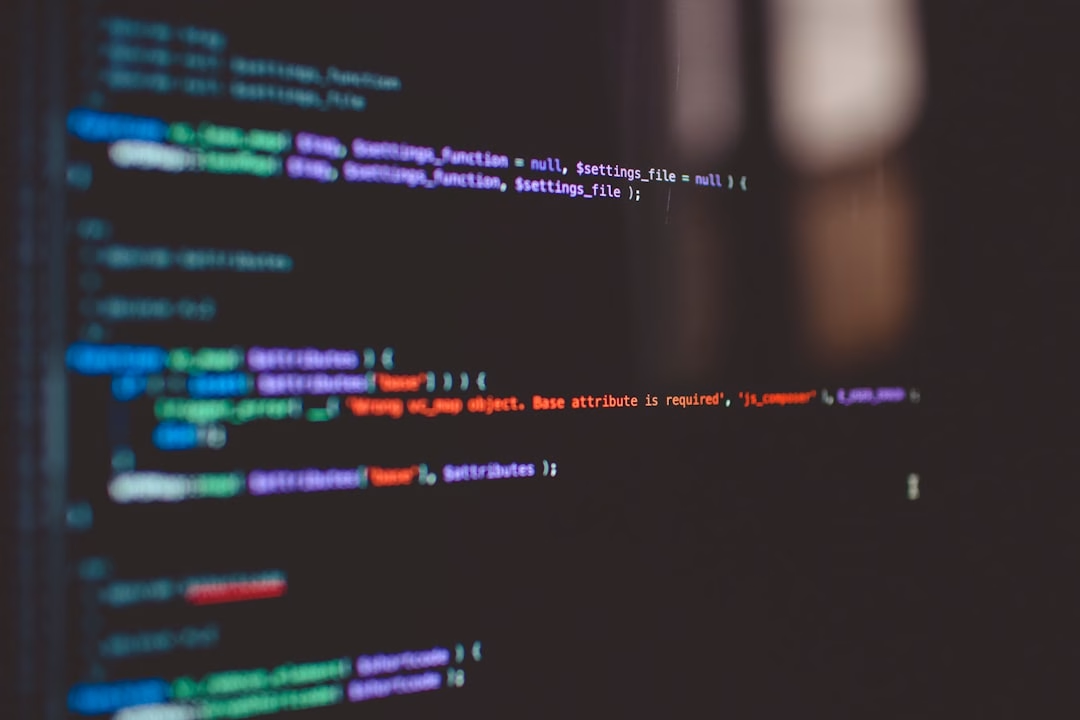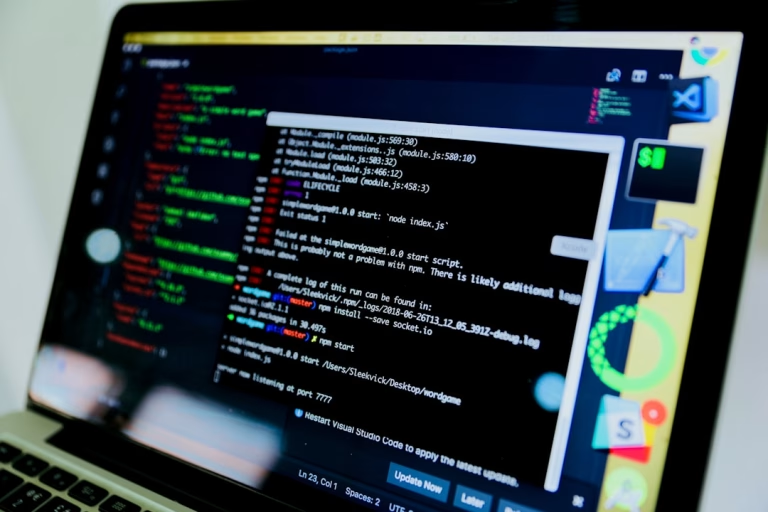Getting Started with Scala: A Comprehensive Guide
Hello there! I’m thrilled that you’ve decided to join me today on this exciting journey into the world of Scala. Now, don’t fret if you’re totally new to all of this – we’re in this together, and by the end of this guide, you’ll be writing Scala code like a pro. So, grab a cup of coffee (or tea, if that’s your thing) and let’s get started!
Why Scala? My Personal Journey
One question I often get asked is, “Why Scala?” My answer is always the same: Scala is both object-oriented and functional, which makes it a powerful and flexible tool for coding. I remember stumbling upon Scala many years ago, desperate to find a more efficient language compared to the ones I was using. Upon discovering Scala, I was impressed, and it has become one of my go-to programming languages ever since.
What’s Scala Anyway?
So, you might be wondering, “What the heck is Scala?” Allow me to answer that. Scala, which stands for “scalable language,” is a modern multi-paradigm programming language designed to express common programming patterns in a concise, elegant, and type-safe wayWikipedia. It smoothly integrates features of both object-oriented and functional languages.
Installation: Martha Stewart Style, but for Computers!
Getting started with Scala is a bit like baking a cake (let’s pretend I do bake!), you can’t get stuck in until you have all the ingredients ready. So, we got to install it first. Here’s a quick and dirty guide to getting Scala on your system:
- Download and install Java Development Kit (JDK)
- Download and install Scala Binaries and Scala Build Tool (SBT)
- Set up your environment variables.
You can find detailed instructions for this on the official Scala website. It’s like a recipe, but instead of ending up with cake, we get a functioning Scala installation.
Crash Course: Diving into the Basics
Okay, now that we have our Scala environment all set up, we’re ready to start coding. Let’s start with a simple Scala program: printing “Hello, World!”. You’ll feel totally cosmopolitan, chatting to the world in a brand new language.
object Main {
def main(args: Array[String]): Unit = {
println("Hello, World!")
}
}Easy peasy, right? And yes, you’ve guessed it, the syntax is somewhat similar to Java. Remember, Scala runs on the Java platform (JVM) and is compatible with existing Java programs.
Object-Oriented: Have it Your Way
It’s not just functional, Scala is object-oriented too! This means that every value is an object and every operation is a method-call. But unlike in Java, you can have it your way. No need to shop at the ‘Everything’s a Class’ store unless you want to. It’s like the Burger King of coding.






